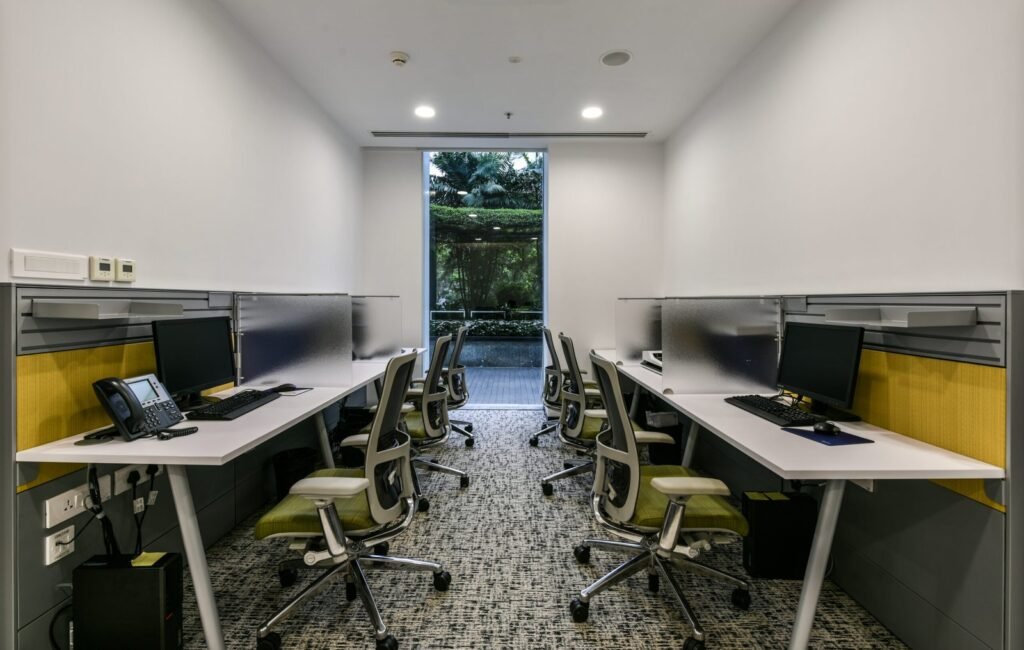In the intricate tapestry of interior design, simplicity emerges as a guiding principle that transcends trends and speaks to the very essence of aesthetic harmony and functionality. Beyond mere decoration, the art of simplicity within interior spaces is a profound exploration of balance, purpose, and the creation of environments that stand the test of time. In this journey through the realm of interior design, we unravel the layers of simplicity, discovering how the omission of the superfluous can pave the way for spaces that breathe and resonate with enduring elegance.

Embracing Simplicity as a Design Language
Interior design, at its core, is a language spoken through spatial arrangements, colors, and furnishings. Simplicity in this context is a deliberate choice to communicate with clarity. It is about creating spaces where every element serves a purpose, eliminating unnecessary embellishments that might distract from the overall design narrative. Much like the adage “less is more,” simplicity in interior design allows the essential qualities of a space to shine.
Navigating Functionality with Simple Design
Functionality is a cornerstone of successful interior design. Simple designs inherently prioritize functionality by avoiding clutter and ensuring that each element contributes meaningfully to the user experience. Take, for instance, the modern minimalist kitchen, where clean lines and uncluttered surfaces enhance not only the visual appeal but also the efficiency of the space.
The Timeless Allure of Simple Elegance
Timelessness is a hallmark of simplicity in interior design. While trends come and go, simple and elegant interiors have an enduring appeal that transcends fleeting fashions. Consider the enduring charm of mid-century modern living rooms or the tranquility of Scandinavian-inspired bedrooms — these designs embody simplicity in form and function, creating spaces that age like fine wine.
Functionality and Comfort Hand in Hand
Simplicity need not sacrifice comfort. In fact, the pairing of functionality with comfort is a defining characteristic of simple and well-thought-out interior designs. Furniture with clean lines, neutral color palettes, and thoughtful spatial arrangements contribute to an environment where simplicity does not equate to austerity but rather to an inviting and comfortable living space.

Aesthetic Pleasure in the Uncluttered
The aesthetic pleasure derived from simple interior designs lies in the uncluttered beauty of spaces. From minimalist living rooms with carefully curated decor to serene bedrooms adorned with a selective color palette, simplicity invites a sense of calm and visual pleasure. Each element, carefully chosen and placed, contributes to a cohesive and harmonious whole.
Simplicity as a Response to Modern Lifestyles
In a fast-paced and often chaotic world, the simplicity of interior design offers a retreat — a sanctuary where the mind can find reprieve. Simple designs respond to the needs of modern lifestyles by providing spaces that are not only visually pleasing but also conducive to relaxation and focus.
In conclusion, simplicity in interior design is a timeless and powerful concept. It is a language that communicates with clarity, a guide for functional and comfortable spaces, an embodiment of enduring elegance, and a response to the complexities of contemporary living. As we navigate the diverse landscape of interior design, let us appreciate the beauty in simplicity — where every element serves a purpose, and the essence of a space speaks with clarity, grace, and an enduring appeal that transcends passing trends.
